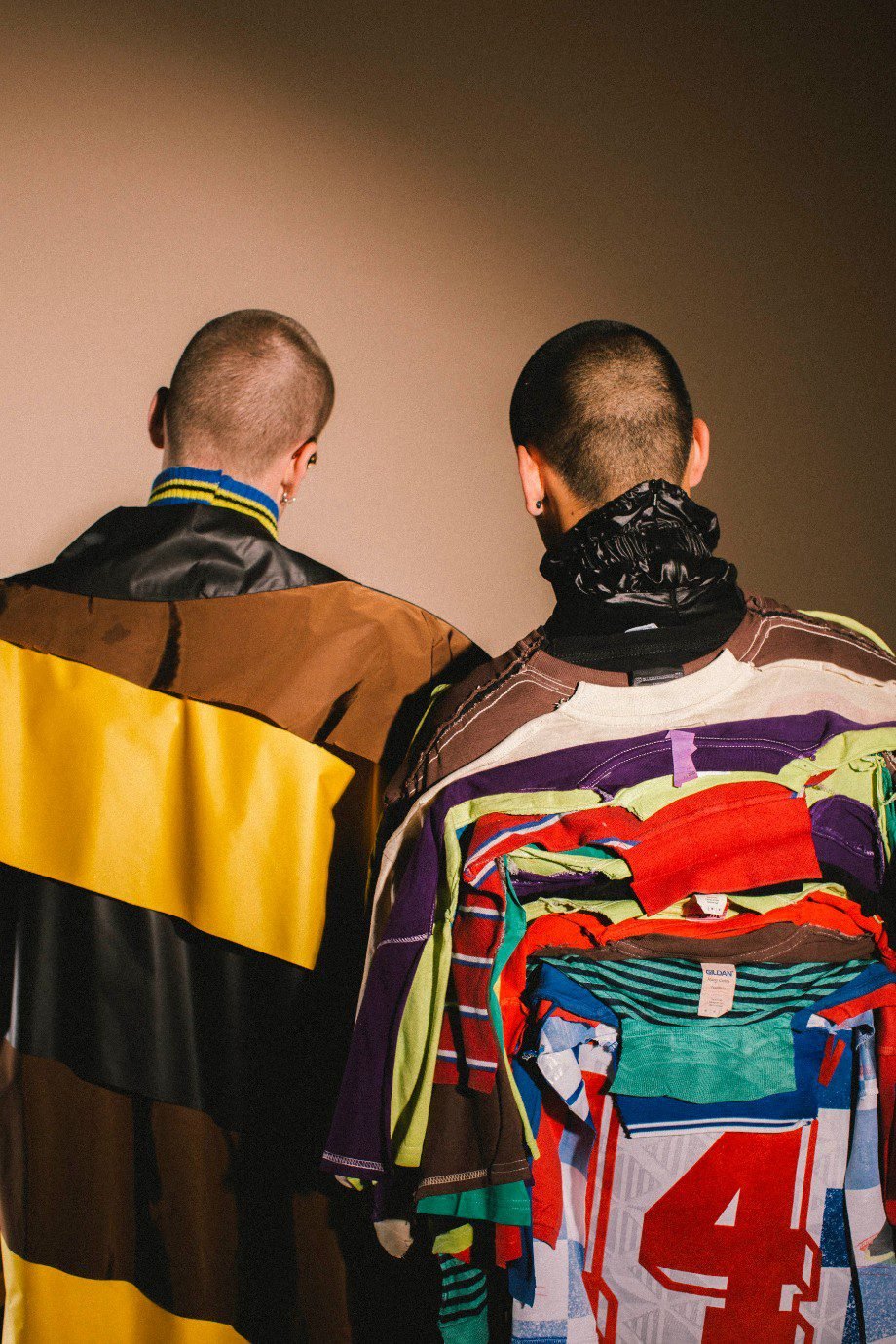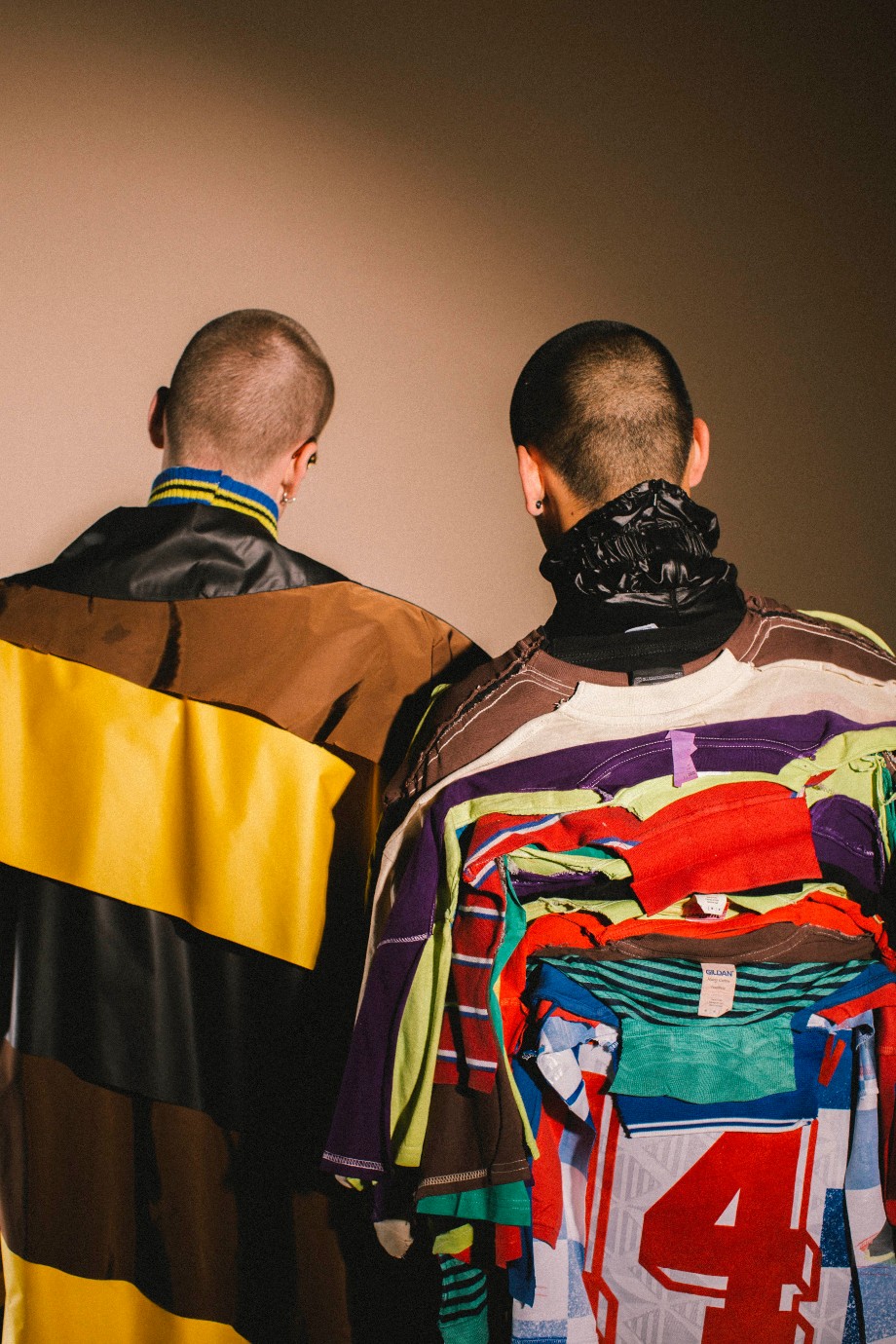Katie Rose, founder of The Bridge, knows the ins and outs of this hostile business environment. Ahead of the festival, she gave us some insight on the fate of a fashion start-up and why the seed of an idea could have potential for greatness.
How to:
Build An Independent Fashion Brand
Ahead of tomorrow's festival, the Bridge Co. founder Katie Rose gives young designers advice on where to start.
Fashion is much like music; it might take years to release a first album, but once it’s out, you need to keep the ball rolling. In order not to get lost in industry realities, one needs a clear vision, consequence and a wealth of patience. Hoping to provide young aspiring designers with a few more tools on how to successfully navigate that industry, The Bridge Co. is hosting a festival on the 26th of May. Bringing together speakers from the likes of Browns, i-D, CHAOS, Harvey Nichols, Swoop Funding, and Chalayan, the agency will provide some answers on “How to Build an Independent Fashion Brand?”
How would you describe your approach to building a fashion brand? What have you learned from your clients?
Our approach is really collaborative and hands-on, working with brands from the very beginning, wherever possible. It’s a bit like having a part-time business partner when we get involved with a brand. We don’t have a one-size-fits-all solution to building a brand. That doesn’t work because each brand has to be individual to stand a chance, so we bespoke everything we do.
We’ve had such a broad range of clients, I’ve learned to not take anything for granted. Everyone has different strengths and knowledge and everyone comes from varied backgrounds. We have to make sure we are asking the right questions to help them reach their goals. This is a topic that’s really close to my heart and the whole reason I started The Bridge Co. ‒ making sure brands are equipped with the knowledge and tools they need to effectively take a creative idea and build a viable business out of it.
How has fashion PR changed over the past decade?
We’ve never operated as a traditional PR agency, but we’re always talking to our clients about how their brand profile fits in with wider efforts to develop their brand. Communications aren’t just placing a feature in a magazine anymore. It’s much more about establishing an overall consistent message across all channels, on- and offline.
There are so many factors to consider now ‒ social media, events and seasonal launches, influencers, gifting strategy, VIP dressing, collaborations… I don’t think many brands find it financially beneficial to pay for retainer PR with all of that in mind. You’d have to be a machine to be able to cover all of those areas effectively, so it’s just not relevant for smaller brands. Start-ups are thinking more in terms of projects and campaigns which makes much more sense and it’s more exciting to me that way. There’s actual newness to talk about then.
What are the main aspects you take into account before you set up a plan with a designer?
First and foremost, brand positioning ‒ if there’s really a space for the brand within the product category they want to go into, or if they have a strong enough point of difference to disrupt that area. We often start with a brand audit to really hone in on that.
Then we take a bird’s eye view of the business across everything from manufacturing and communications to wholesale and finance so we have a really 360 understanding of where the brand is at. We also like to work out where the designer sees this going ‒ what’s their end goal, what’s the big ambition. Working backward from there we can understand the steps that we’re going to need to take together.
“CREATIVITY CANNOT BE MANUFACTURED, SO IDEAS ARE KEY.”
I am wondering how, in your view, new digital systems are challenging the brands’ communication?
The great thing is that everyone can open a social media account, it’s super democratic. But that also means the pace of content has sped up so much. I’ve seen brands struggling with putting enough out there to keep up, but I don’t think digital strategy has to be an overwhelming, scary thing. Small brands don’t need to sink loads into creating campaigns, it just has to be true to the brand ethos.
In social media it is not enough to just be. A few photos of packshots or regrams from clients cannot replace a brand’s strategy. Those who have a strategy stand out among the mass of duplicate posts and communication confusion. How much are successful brands actually investing in social media?
Story and visuals are really crucial. If there isn’t a clear message and images that are going to stand out on Instagram, it’s kind of a wasted opportunity. How we view things online has changed how we’re creating content, and even turned ‘content’ into a department and a career in our industry.
I don’t think start-up brands should be too nervous about this though. It would be really easy to sink an inordinate amount into social media, but so long as there’s consistency and a coherent aesthetic and message that’s going to be the best way. It’s more about investing a bit of time and consideration and using the resources you have.
What characteristics will you look for during the portfolio review on Saturday? Is there anything that designers often think is very important, but less of a focal point for you personally?
A unique idea, even the seed of an idea that could have potential for greatness. Before we even start working with a brand, it all boils down to ‒ Is this new? Am I excited by the creative here? With support could this become something really amazing, and if so, which are those areas that need work right now? The thing is, the commercial side can be learned, outsourced or supported. Creativity cannot be manufactured, so ideas are key.
Designers often think if they’ve worked with a big name stylist that they’ve made it, but for me I’m more interested in the commercial side ‒ is manufacturing sorted? is price point accessible? and so on, as that’s how we would together build a business out of the brand.
Get your tickets here.










